Stories featured in

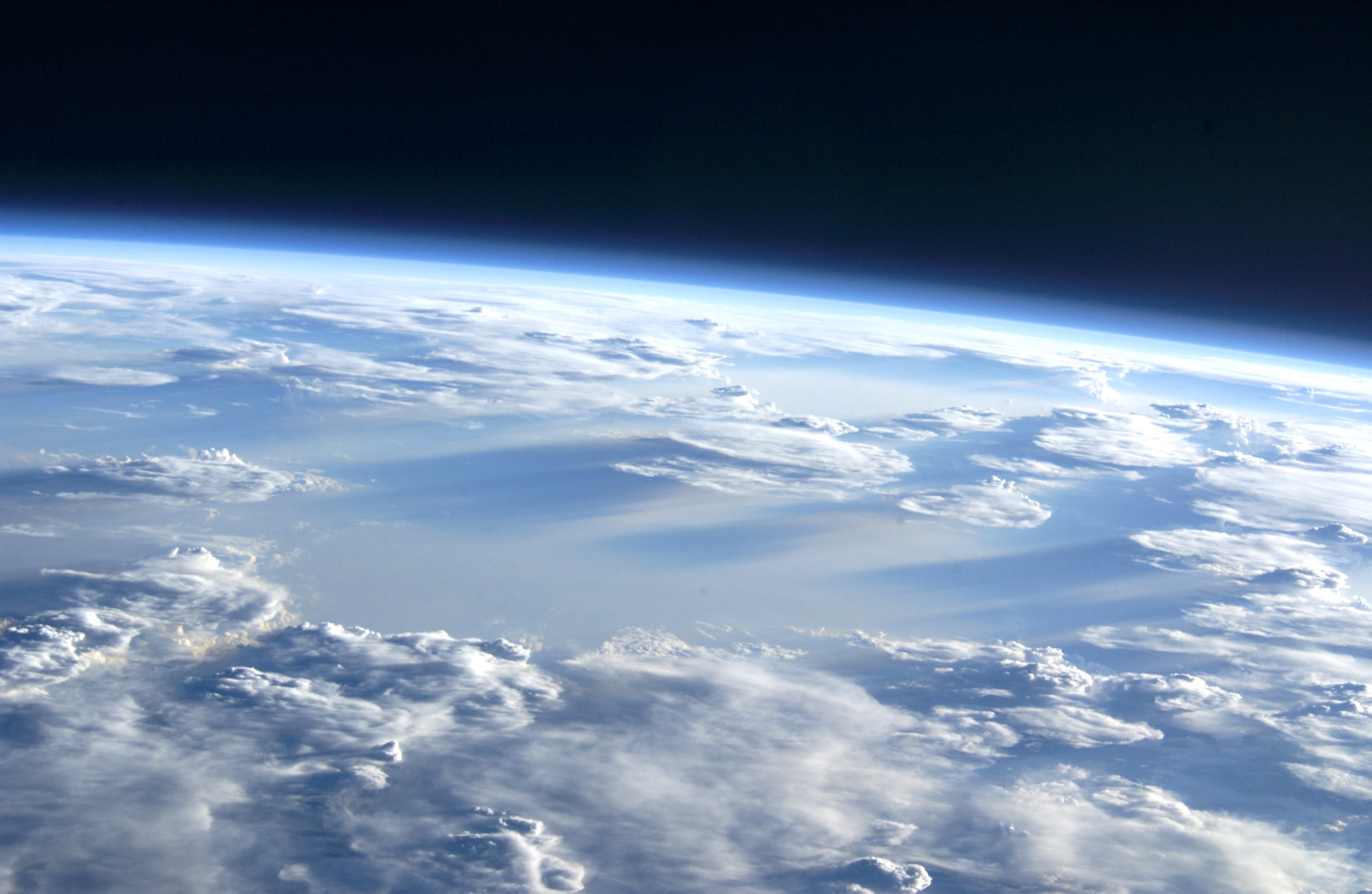
Another Hole in the Ozone Layer? Climate Change May Be to Blame.
You may have heard about the hole in the ozone layer, which hovers over Antarctica. It has shrunk over time thanks to policies that curbed the use of ozone-depleting chemicals. In the nearly 40 years that NASA has kept track, it has never been smaller. That’s the good news. The bad news is that a separateREAD MORE
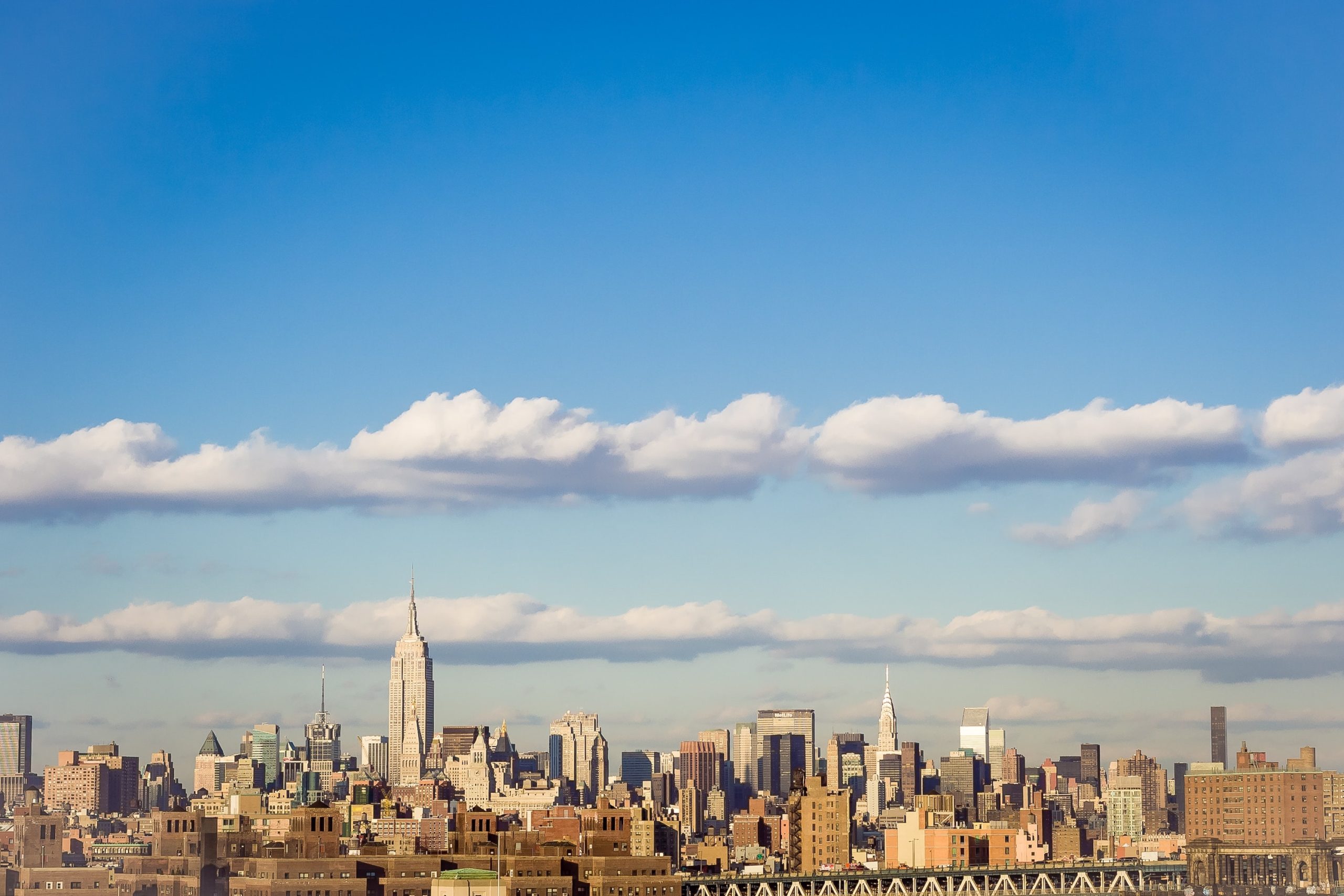
Facing a Health Crisis, Cities Implore Courts to Limit Pollution
The coronavirus is a case study in the limits of federalism. Where the federal government has declined to gather and distribute masks, gloves and ventilators, states and cities have been forced to compete for medical supplies, paying exorbitant prices to secure needed equipment. Where the federal government has been slow to ramp up testing, states andREAD MORE
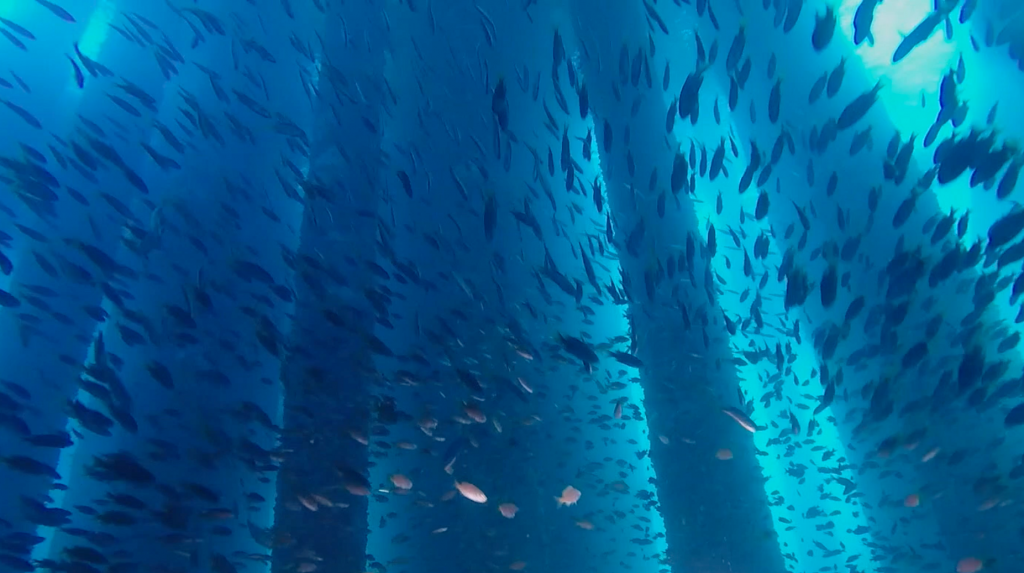
The Dazzling Ocean Reefs Hidden Beneath Oil Rigs
The 2010 BP oil spill dumped more than 200 million gallons of crude oil into the Gulf of Mexico, where it killed billions of fish. Had things gone as planned, that oil would have fueled cars and trucks, worsening climate change, which is going to kill billions of fish —and that was the best-case scenario. InREAD MORE
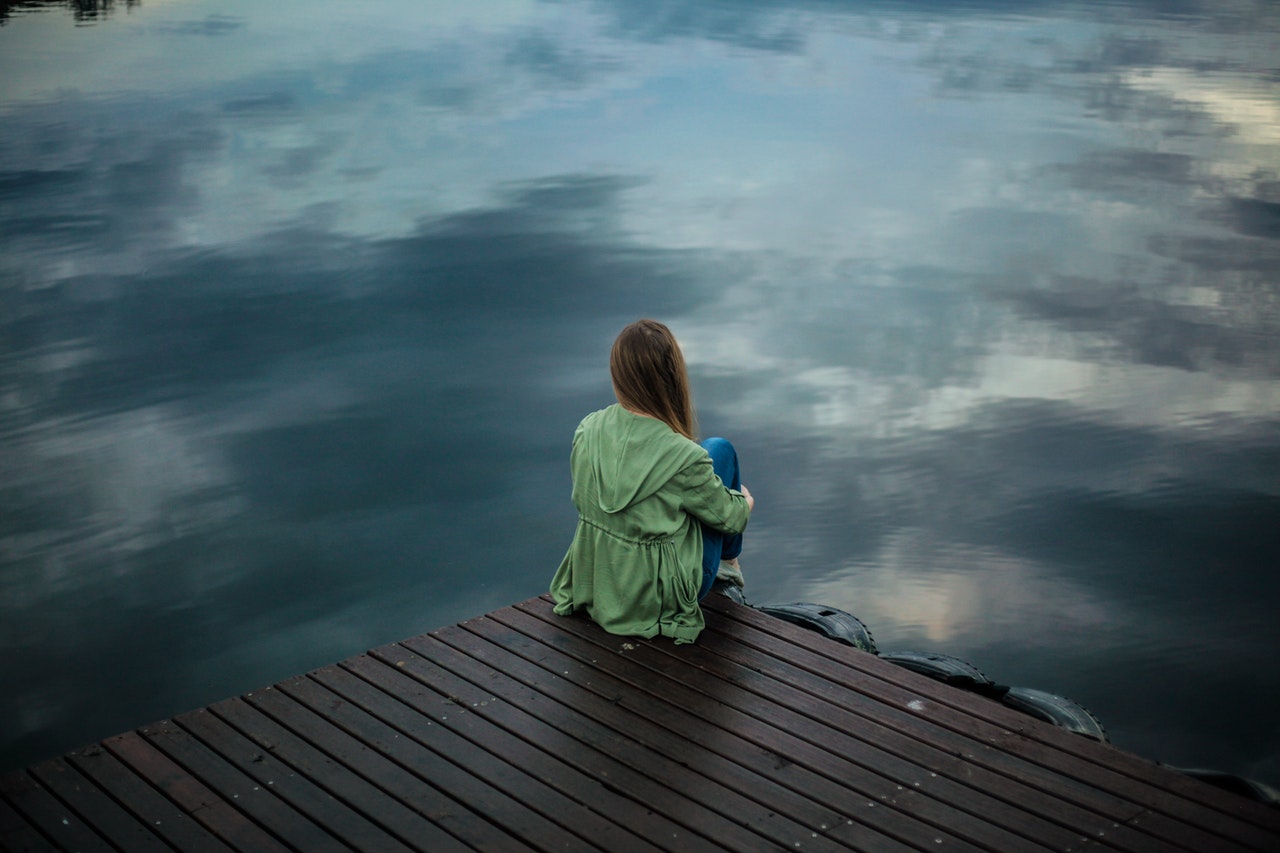
Environmental Scientists Want Help Coping With Their Grief
Scientist Tim Gordon studies how rising temperatures are damaging corals in Australia’s Great Barrier Reef, where intense cyclones and warm waters have caused extensive damage in recent years. What he sees brings him to tears. “They used to be some of the most colorful, vibrant, bustling, noisy ecosystems in the world, but now many of themREAD MORE
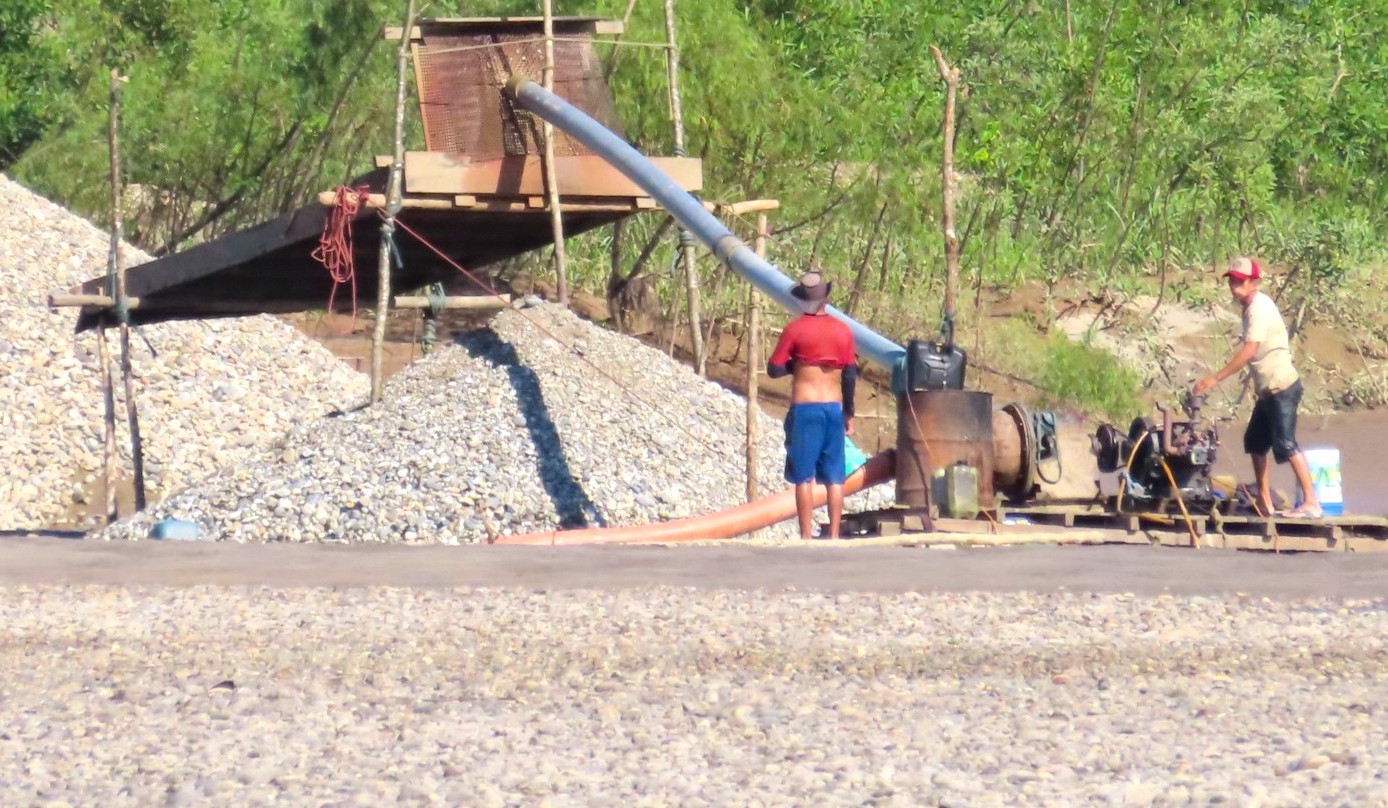
Illegal Gold Mining Is Laying Waste to the Amazon
Last summer, scientist Maria Rodriguez traveled to the Peruvian region of Madre de Dios, once the home of lush rainforests, meandering rivers and thriving wildlife. But her destination was anything but picturesque. She’d come to study several sites ravaged by illegal gold mining that had left a legacy of destruction and mercury poisoning. One area, inREAD MORE
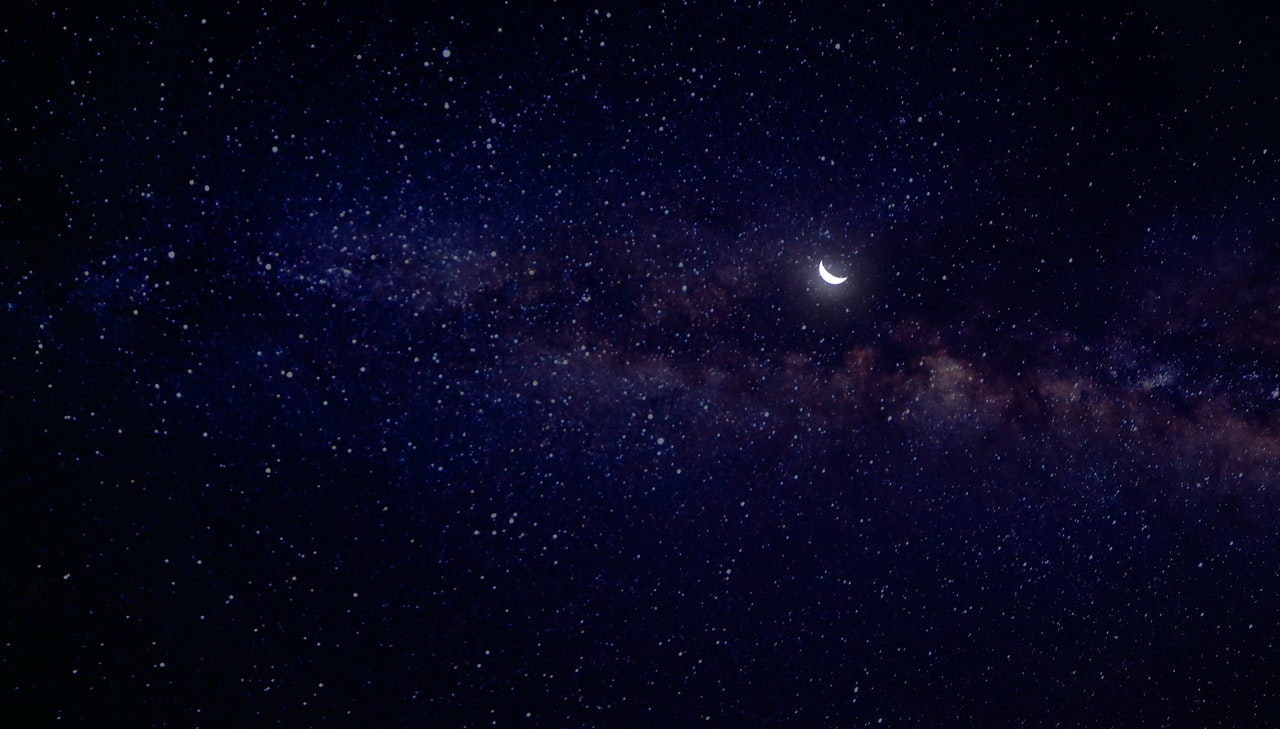
Scientists Use the Dark of Night to Generate Clean Energy
Scientist Aaswath Raman long has been keen on discovering new sources of clean energy by creating novel materials that can make use of heat and light. And lately, he has focused on developing better cooling systems, perhaps inspired by childhood summer visits to his grandparents in Mumbai, where the temperature can hover at 100 degrees FREAD MORE
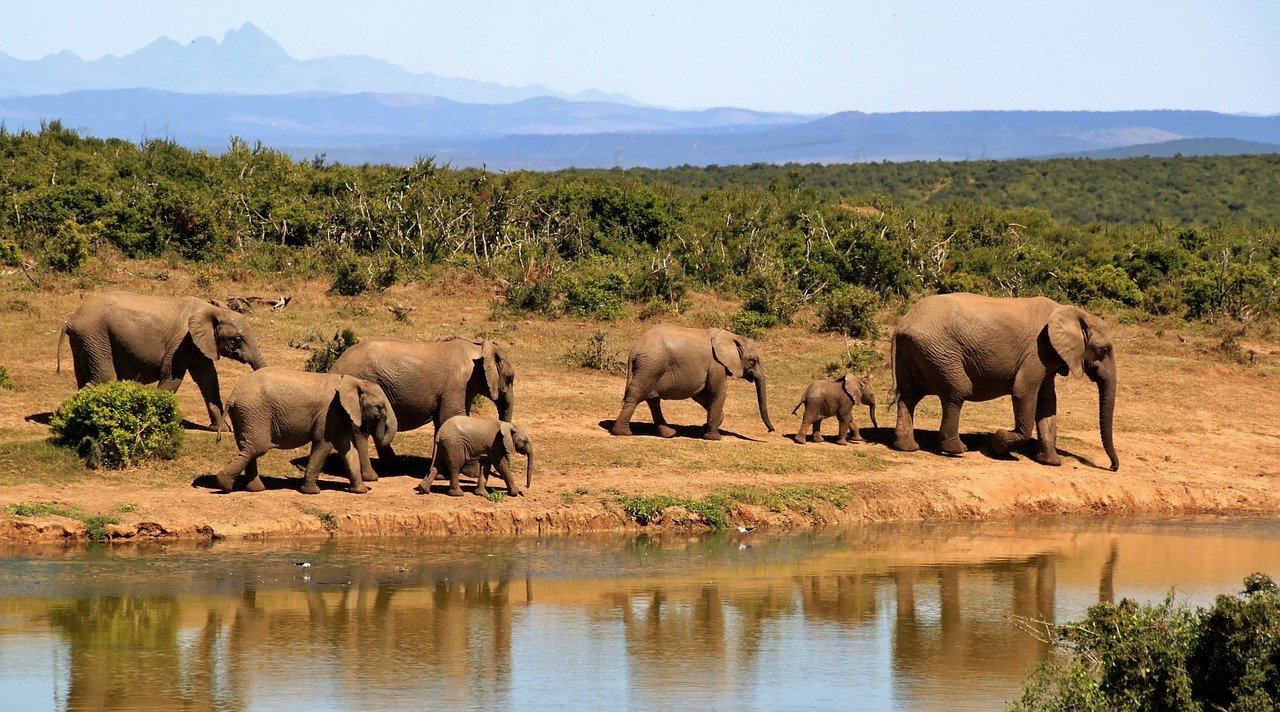
Elephants and Monkeys Are Working to Protect You From Climate Change
Mother Nature has it figured out. She’s designed a master scheme that connects plants and animals, all working in concert to keep every living thing in balance. Imagine a stack of dominoes — knock down one of them, and the rest will tumble. The same can happen in nature. This is especially evident in places like central AfricaREAD MORE
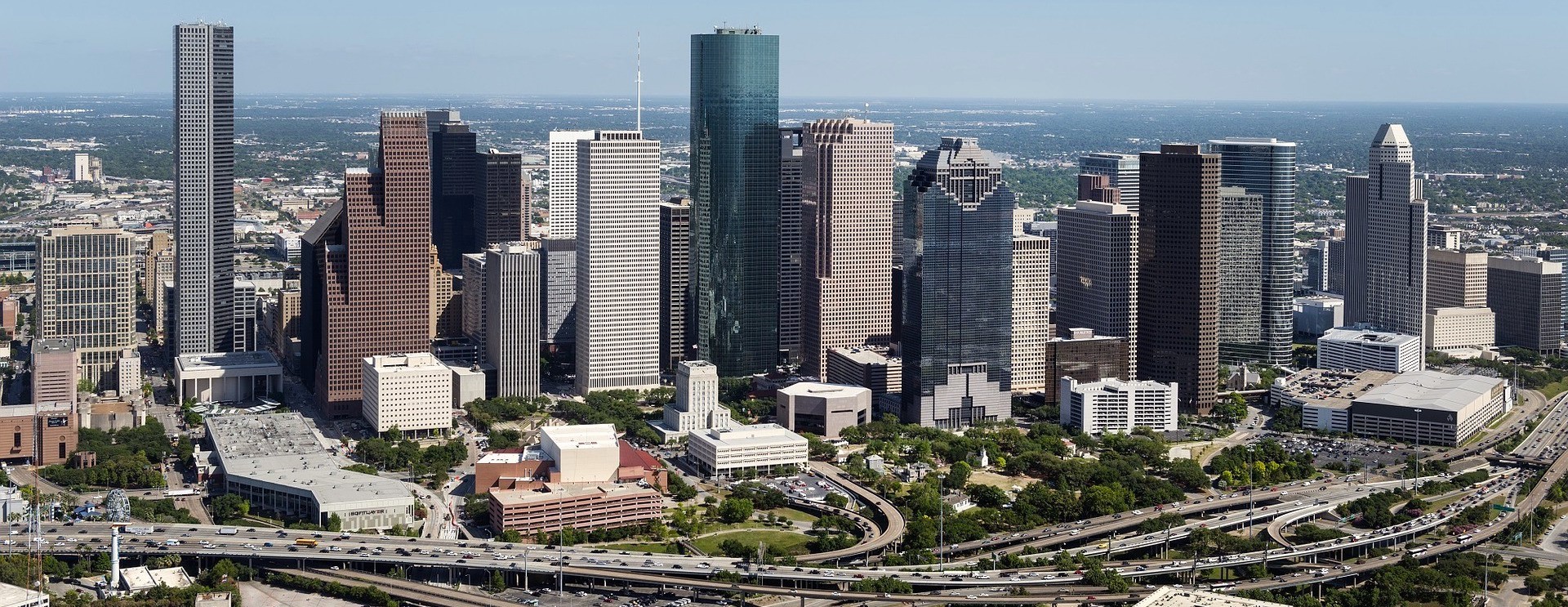
Criminal Justice in the Age of Climate Change
It was long predicted that Houston was unprepared for a hurricane like Harvey, yet the storm caught the city off-guard when it landed a year and a half ago. Hurricane Harvey dawdled over the region for a week after making landfall, dumping up to five feet of rain on some areas. One study estimates that climateREAD MORE
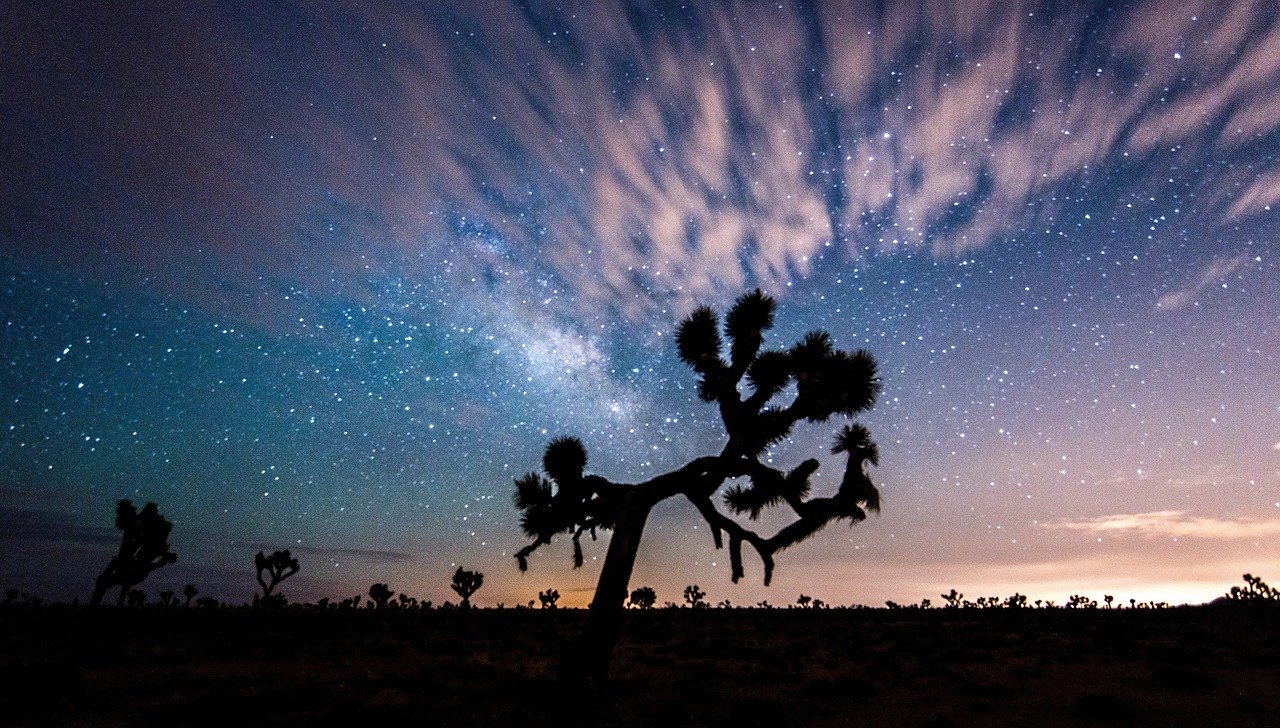
The Iconic Joshua Tree Is in Trouble
Botanist Lynn Sweet regularly treks through California’s Joshua Tree National Park, nearly 800,000 acres that lie at the intersection of the Mojave and Colorado deserts. She likes to photograph the gnarly, spikey-limbed trees, which look — as some have observed — like a picture from a Dr. Seuss children’s book. Much as many of the park’s million or more yearlyREAD MORE

Cool Ideas to Clean Up the Pollution from Cars, Trucks, Ships and Planes
Nearly a century ago, German engineer Anton Flettner launched a ship into the ocean. “Without sails or steam, like a ghost ship, it moved mysteriously through the water with no apparent means of propulsion,” according to a 1925 article that appeared in Popular Science Monthly. The ship cruised in silence, without spewing anything into the air.READ MORE

The Radical Philosophy of Extinction Rebellion
New York police recently arrested 66 protestors who rallied outside The New York Times building to compel the newspaper to make climate change a front-page issue. The demonstrators belonged to Extinction Rebellion, a movement born in the United Kingdom that is committed to nonviolent resistance. In addition to protesting outside of The New York Times, U.S.READ MORE

New Research Shows Malaria Can Spread In Cooler Climates
For nearly a century, scientists thought that malaria could only spread in places where it is really hot. That’s because malaria is spread by a tiny parasite that infects mosquitoes, which then infect humans — and this parasite loves warm weather. In warmer climates, the parasite grows quickly inside the mosquito’s body. But in cooler climates, the parasiteREAD MORE

Island Trees Have Nowhere to Run From Climate Change
Kyle Rosenblad was hiking a steep mountain on the island of Maui in the summer of 2015 when he noticed a ruggedly beautiful tree species scattered around the landscape. Curious, and wondering what they were, he took some photographs and showed them to a friend. They were Bermuda cedars, a species native to the island ofREAD MORE

The Legacy of East Chicago’s Lead Crisis and Environmental Justice
Akeeshea Daniels once lived in the West Calumet public housing complex in the shadow of a former lead smelter in East Chicago, Indiana. She worried about the pervasive lead pollution in the area and hoped that the government would fix the problem. Officials tried — and are still trying — to clean up the mess, but in many ways theirREAD MORE

Fossil Fuel Protesters Push a Coal Plant to Become a Solar-Powered Data Center
Lisa Marshall isn’t your typical activist. For one thing, she’s not into crowds and didn't originally see herself among the legion of fossil fuel protesters. “I don’t really like rallies,” Marshall, a mom of three from upstate New York, said. “They’re a little stressful — not my favorite thing.” Marshall, who has two degrees in earth science, remembersREAD MORE

This Ocean Farmer Is Growing Food That Cleans up Pollution
Catherine Puckett needs to be close to the ocean. That's because she is an ocean farmer. “I just can’t be away from it,” she said. “It means everything to me.” She has to see it and smell it and hear the bells that ring from buoys offshore when a heavy sea rolls in from the east.READ MORE

The Gordie Howe Bridge Will Add to Southwest Detroit’s Pollution Problem
This week, progressive Democrats and youth advocates are launching a nationwide tour to win support for the Green New Deal. Though popular, the ambitious plan to tackle climate change has struggled to earn the endorsement of centrist Democrats in Rust Belt states like Michigan, the second stop on the tour. Champions of the Green New DealREAD MORE
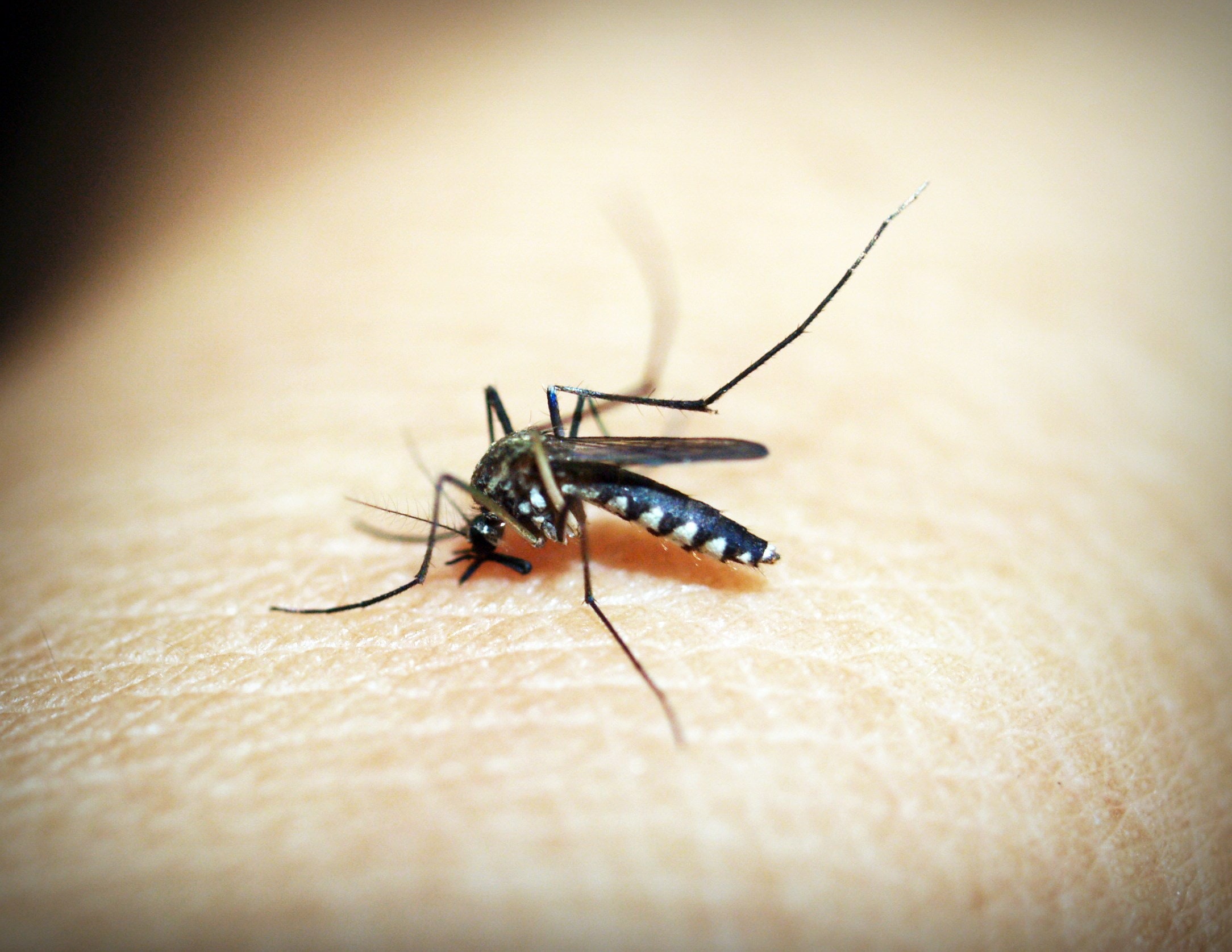
Rising Temperatures Will Help Mosquitos Infect a Billion More People
Mosquitoes are unrelenting killers. In fact, they are among the most lethal animals in the world. When they carry dangerous viruses or other organisms, a bite can be unforgiving. They cause millions of deaths every year from such infectious diseases as malaria, dengue, Zika, chikungunya, yellow fever and at least a dozen more. But here’s theREAD MORE
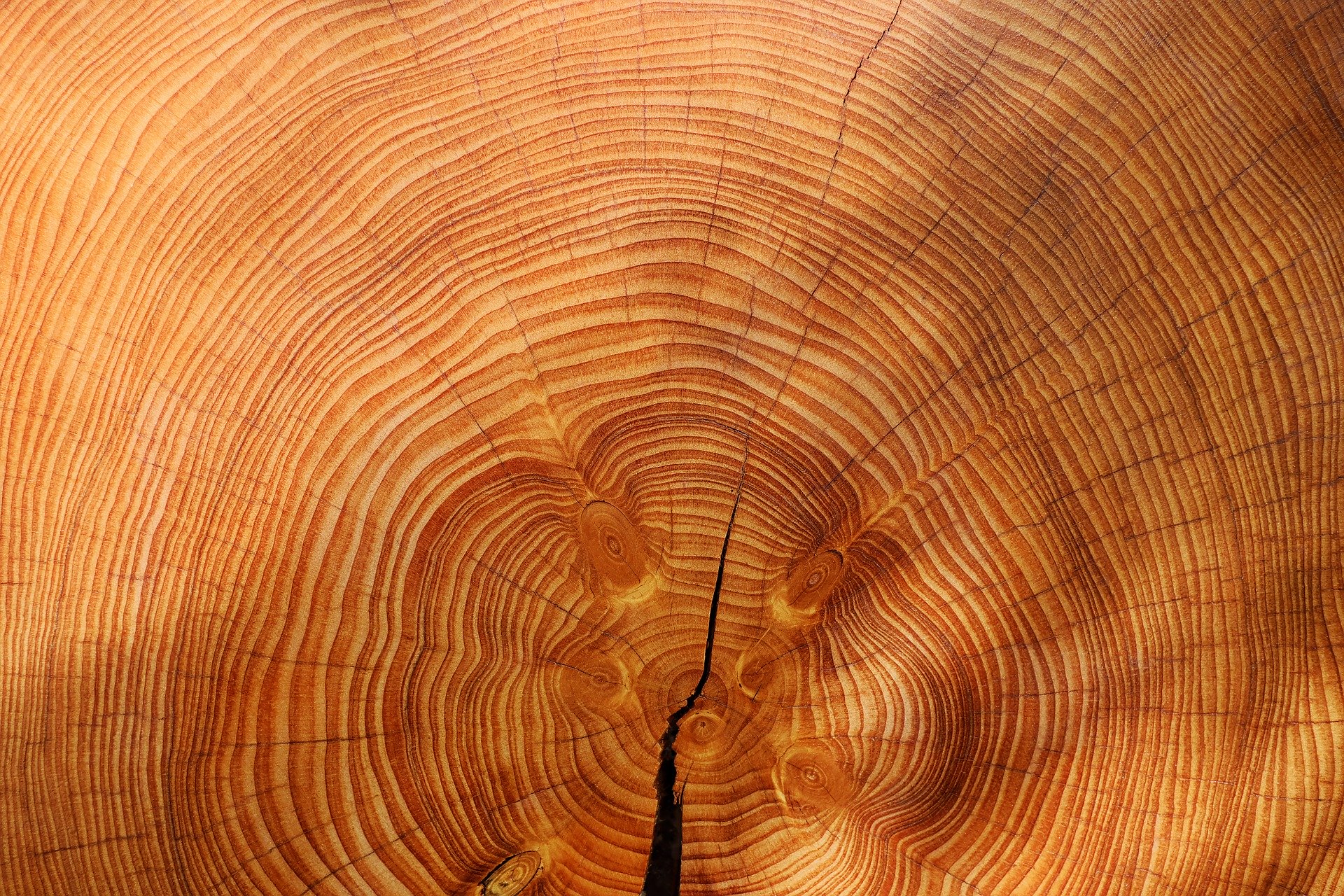
Tree Rings Reveal Climate Secrets of the Forest
Neil Pederson’s introduction to tree rings came from a “sweet and kindly” college instructor, who nevertheless was “one of the most boring professors I’d ever experienced,” Pederson said. “I swore tree rings off then and there.” But they kept coming back to haunt him. As a future forest ecologist, he needed to learn more about theREAD MORE

Everybody Wants EV Charging Stations. Nobody Wants to Build Them. (VIDEO)
This article is part of a series about barriers to the widespread adoption of electric cars. A driver planning to make the trek from Denver to Salt Lake City can look forward to an eight-hour trip across some of the most beautiful parts of the country, long stretches with nary a town in sight. The fastestREAD MORE
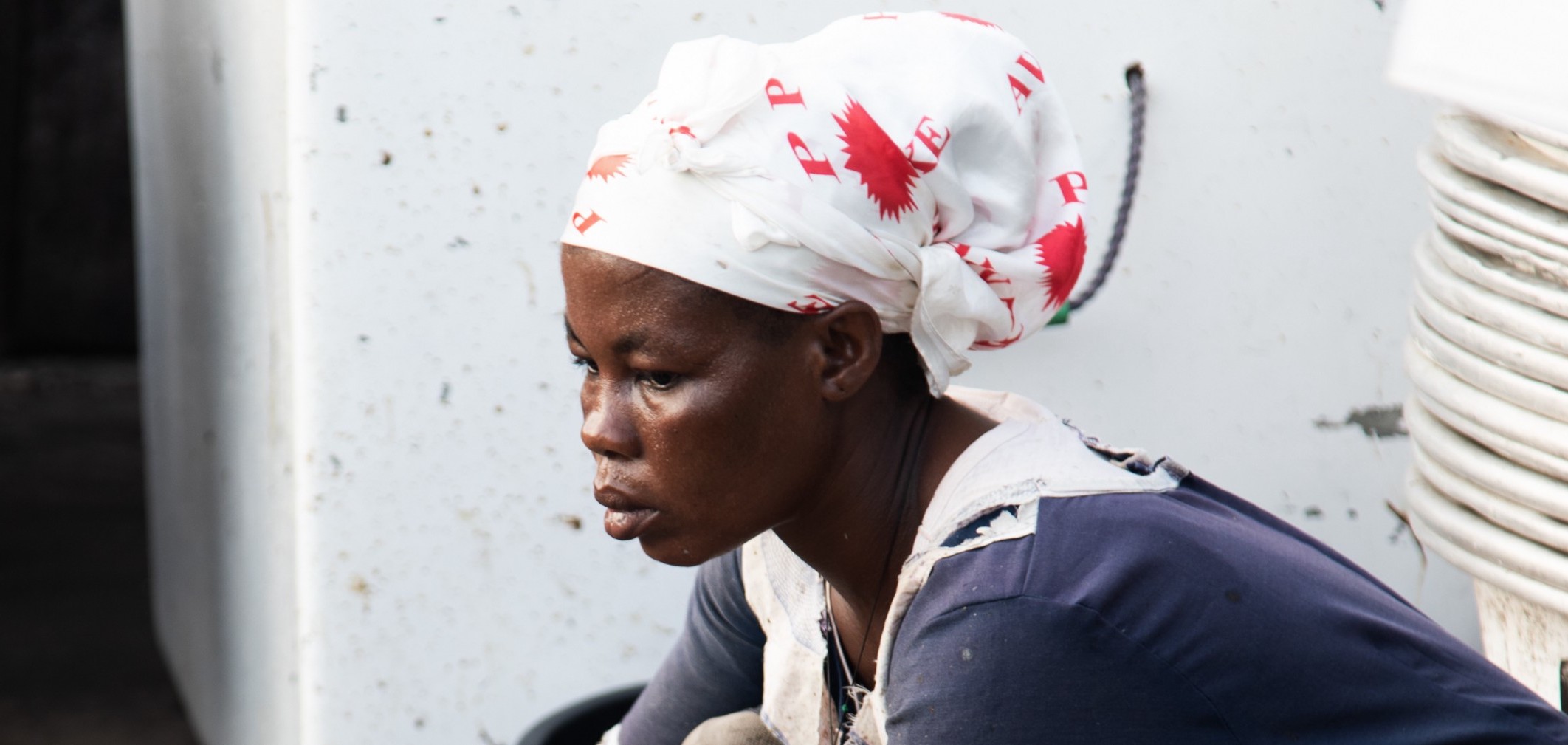
Ghana’s “Queen Fishmongers” Face An Uncertain Future
Each morning, men living in fishing communities along Ghana’s coastline push off in search of the day’s catch. But when the boats come back to shore, it’s the women who take over. In Ghana’s fishing industry, women process and sell the fish caught by men. A “queen” fishmonger — known as the “Konkohemaa” — holds court as the most powerfulREAD MORE

And the Nobel Prize for Climate Change Goes To…
When Swedish chemist and inventor of dynamite Alfred Nobel died in 1896, he left his considerable fortune to fund annual prizes given to individuals who had conferred “the greatest benefits” to humanity during the previous year. But his vision only included five fields deemed worthy of recognition at the time: chemistry, physics, physiology or medicine, literature,READ MORE

For Detroit Students, Water Fountains Are Health Hazards
Michigan Gov. Gretchen Whitmer has created an office for clean water, housed within the newly formed Department of Environment, Great Lakes and Energy, to investigate complaints about water quality. “Right now, communities across our state don’t trust the water coming out of their taps, and there is a real lack of trust in state government,” WhitmerREAD MORE

Native Sámi People Face Perils of Climate Change (PHOTOS)
One of the key findings of the most recent UN report on the mounting perils of climate change is that rising temperatures pose a distinct risk to indigenous people, who are often small farmers, fishers or herders. The report noted that punishing storms, lasting drought and stifling heat threaten the lives and livelihoods of aboriginal groupsREAD MORE

Scientists Call for Artificial Trees to Fight Climate Change
Plants are humanity’s greatest ally in the fight against climate change. Plants soak up carbon dioxide and turn it into leaves and branches. The more trees humans plant, the less heat-trapping carbon pollution in the air. Unfortunately, plants require a lot of water and land, so much that humans might need to find a new allyREAD MORE

Climate Change May Be Fueling Cold Winter Spells in the Northeast
Early this week, record cold blasted the Northeast, as Boston, Massachusetts saw a high of 10 degrees F, and nearby Worcester saw the temperature top out at just 1 degree F. Meteorologists say this is just the beginning of a lengthy stretch of freezing weather. Paradoxically, frosty winter temperatures in some areas have been linked toREAD MORE

Climate Change Leading to Real-Life ‘Angry Birds’
Most Europeans know the great tit as an adorable, likeable yellow-and-black songbird that shows up to their feeders in the winter. But there may be one thing they don’t know. That cute, fluffy bird can be a relentless killer. The great tit’s aggression can emerge in gruesome ways when it feels threatened by the pied flycatcher,READ MORE

Wildlife Under Siege at the World’s Oldest Lake
Lake Baikal is the world’s oldest and deepest lake. It’s at least 20 million years old, and roughly a mile deep at its lowest point. The Siberian lake contains holds more water than all the North American Great Lakes combined, what amounts to more than one-fifth of all the water found in lakes, swamps and rivers.READ MORE

This Robot is Replanting Endangered Reefs With Heat-Resistant Corals
The climate is changing faster than many species can adapt, so scientists are trying to speed up evolution by fostering the spread of creatures who can take the heat. Think of it as natural section with a little boost from humans — or, in some cases, robots. To that end, Australian scientists Peter Harrison and Matthew Dunbabin recentlyREAD MORE

This Powder Could Cheaply Capture Carbon Pollution from Power Plants
A recent UN report found that to prevent catastrophic climate change, humans will not only need to drastically cut emissions in just a few short years. People will also need to generate power from wind and solar, and they will need to upgrade remaining gas- and coal-fired power plants with carbon capture technology — a means of trappingREAD MORE

Why Are Sea Levels Rising Unevenly?
Scientists know that sea levels have risen more in some places during the past century than in others. They’ve gone up faster along the Mid-Atlantic States, particularly near Cape Hatteras and the Chesapeake Bay, compared to north along the Gulf of Maine and south along the South Atlantic Bight. But why? “Sea-level rise affects us all,”READ MORE

Advocates Shouldn’t Be Afraid to Tell the Truth About Climate Change
It has been a tough few months for climate change. In October, an international body of climate scientists declared humans have a little more than a decade to make the drastic changes needed to keep rising temperatures reasonably in check. In November, federal scientists released an equally grim assessment detailing the unprecedented floods, droughts and wildfiresREAD MORE

For a Happier, Healthier World, Live Modestly
Gibran Vita makes every effort to get rid of the dispensable. He lives in a small home and wears extra layers indoors to cut his heating bills. He eats and drinks in moderation. He spends his leisure time in “contemplation,” volunteering or working on art projects. “I like to think more like a gatherer, that is,READ MORE

Black Truffles Imperiled by Climate Change
Scientist Paul Thomas won’t forget the first time he ripped into a package of truffles he ordered from France after his own attempts to forage for this delicacy in the UK had failed. “Once I opened the packet, the aroma filled my house,” Thomas said. “They flavored everything in our fridge. I was hooked.” Thomas can’tREAD MORE

Ragweed Is Moving North
Kristina Stinson never had an allergic reaction to ragweed until after she started working with it. “I think the repeated exposure to the pollen is what did it,” she said. It also didn’t help that her community is chock-full of it. “There is plenty of ragweed in my neighborhood,” she said. “In fact, it grows rightREAD MORE

Lyme Disease Expected to Surge
German physician Alfred Buchwald had no clue that the chronic skin inflammation he described in 1883 was the first recorded case of a serious tick-carrying disease, one that would take hold in a small Connecticut town almost a century later and go on to afflict people across the United States. Today we know a lot moreREAD MORE

Seed by Seed and Bus By Bus (VIDEO)
Wildfires, sea level rise, air pollution, asthma — you don’t have to go far to find communities living with climate change impacts. But there are also climate solutions everywhere you look. This summer, the Freedom to Breathe Tour visited communities across the country that are working to reduce carbon emissions and make their communities healthier and more resilient.READ MORE

How to Dance Like a Glacier (VIDEO)
Eighteenth century French choreographer Jean-Georges Noverre once wrote, “A fine picture is but the image of nature; a finished ballet is nature herself.” Noverre was arguing for the immediacy of dance. Twenty-first century American choreographer Diana Movius took his words literally. In GLACIER: A Climate Change Ballet, Movius depicts the slow melt of the Arctic withREAD MORE

Putting Speed Bumps in Hurricane Alley
The advantages of wind power are well-known. Wind is clean, plentiful and renewable. Installing turbines in large numbers could help wean our carbon-intensive civilization from its addiction to fossil fuels. New research suggests that one day there could be another major benefit: massive installations of wind turbines could lessen the deluge when powerful hurricanes bring devastatingREAD MORE

A New Language for Grappling With Climate Change
This month, a major UN report on climate change declared that humanity has just a few short years to make the drastic changes needed to stave off an environmental catastrophe. While news outlets reacted with shock and alarm, those who regularly write, research or advocate on climate change were more resigned. For them, the report — which synthesizedREAD MORE
